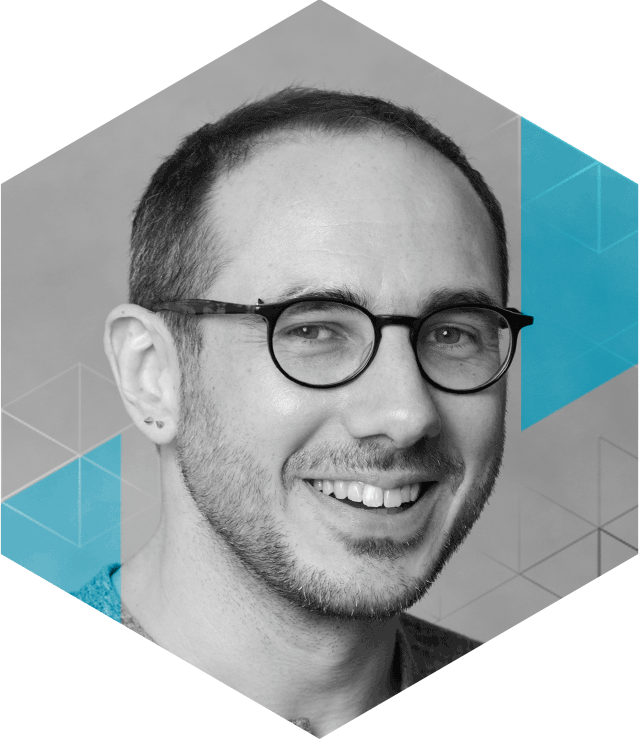Global Visioning Session with the Cyborgs
Our first residents, the Cyborg Foundation, came to Thoughtworks with fascinating new concepts for sensory organs they would like to explore. Our aim is to help them move forward.
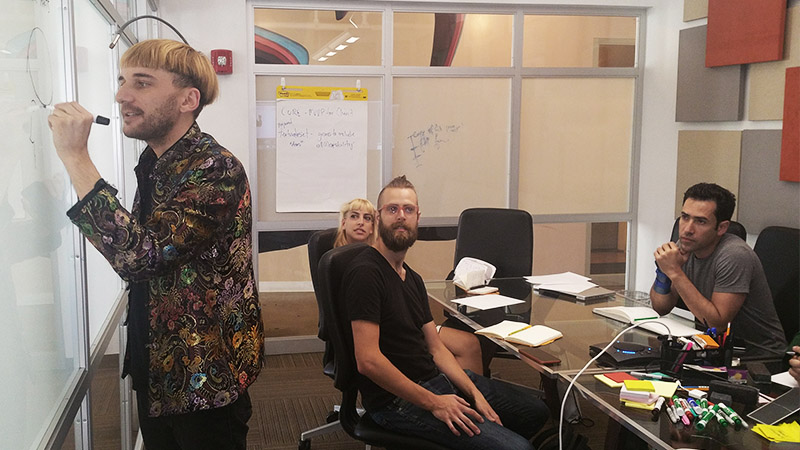
Following on from an initial period of outreach across Thoughtworks offices, we have now assembled a global cross-disciplinary team. Yesterday the team assembled for a planned 4-hour visioning session, and I have to say I was surprised at just how effective it was.
In addition to ThoughtWorkers, attending the meeting were two recent graduates from New York University’s ITP program, Oryan Inbar and Sam Sadtler. The pair had already agreed to spend the summer helping Neil and Moon develop prototypes, and were here to join the team.
Also attending was residency co-organizer Ellen Pearlman, a PhD candidate at the School of Creative Media in Hong Kong. Ellen brings a wealth of knowledge about trans-humanism, and recently premiered her new brain opera at ISEA 2016.
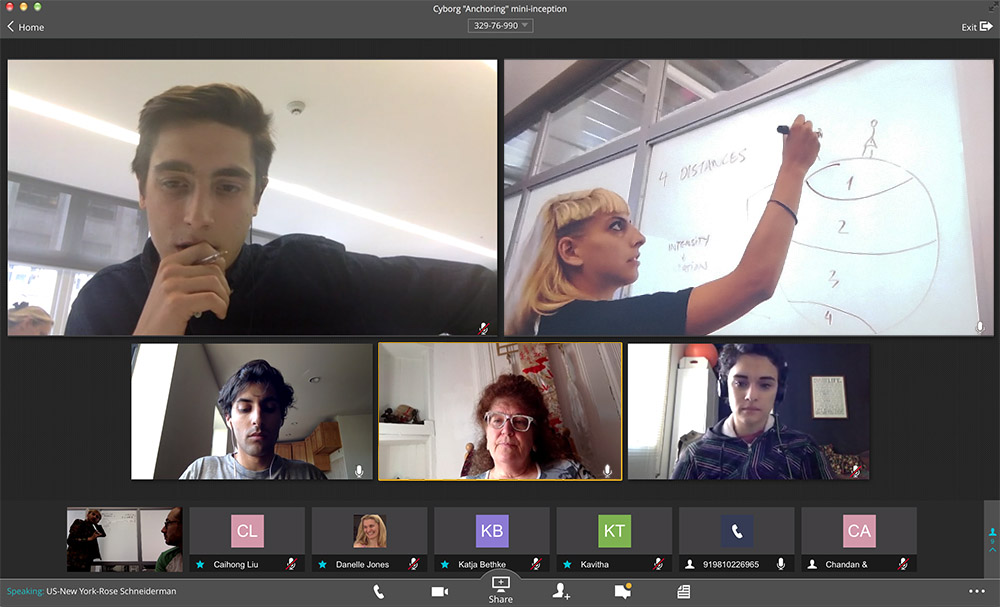
The key objective for the session was to get all the ideas out on the table, in such a way that it enabled this globally distributed team to start working.
It was actually a fairly tall order. However, Danelle Jones proposed a framework for organizing ideas, and also a sequence to help tease the ideas out in conversation. We repeated this process for both Neil and Moon:
-
Visioning
A short time for the residents to explain the “why” behind their concepts, helping to orient the team. (In a previous session, the cyborgs had already described the “what” to the team). -
Questioning
Open-ended, organic questions from anyone in the team. Exploration and diversion are a natural and important part of this conversation. -
Prioritizing
During the above conversations, ideas are captured and gathered on the wall (see below), separating actionable ideas from non-actionable ones. In the final period the actionable ideas are prioritized by the whole group based on the shared vision.
While I acted as facilitator, Danelle acted as scribe, capturing ideas on a virtual wall. The wall was visible for all to see, however we avoided drawing the group’s attention to it early on, preferring the free flow of natural conversation.
Whenever the questioning reached natural cadences, we turned attention to the wall for validation and modification by the group. We would then draw a line under that area of inquiry and ask the group: “who has more questions we haven’t covered yet?”
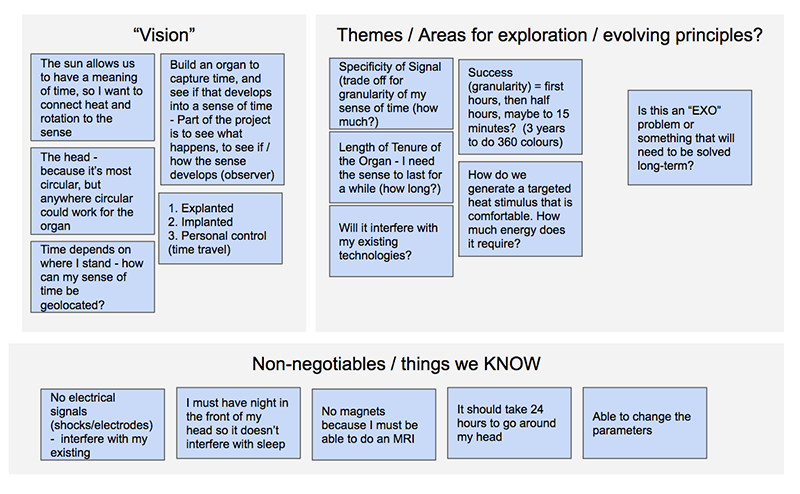
The wall above shows where all the non-actionable ideas ended up. These ideas are crucial, and there were several key moments where our understandings of the conceptual underpinnings of the project were questioned, corrected and aligned with reference to this wall.
The actionable ideas ended up on a wall of their own, where they were discussed and prioritized. After this, we transferred the ideas onto Trello as tasks, and asked who in the group would like to volunteer for ownership of which tasks.
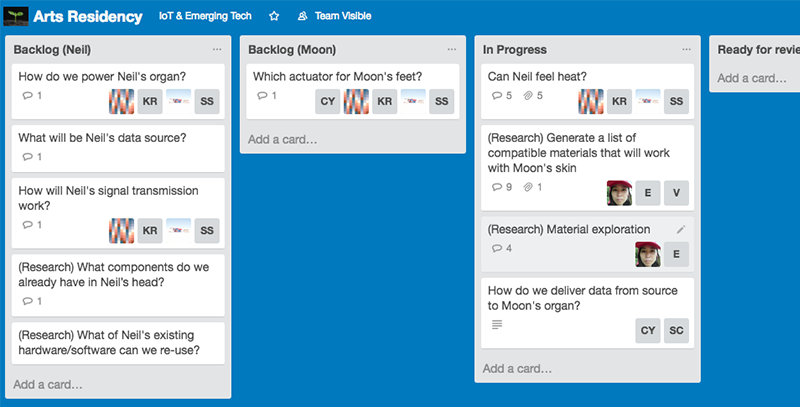
This left people feeling enabled and ready to go. However, Ellen reminded us of something crucial at the end - the need to clearly set expectations about what success might look like.
We only have this team assembled for a short time during the residency. We agreed that some form of prototype ‘exo-sense’ could be possible, but not the development of full implants.
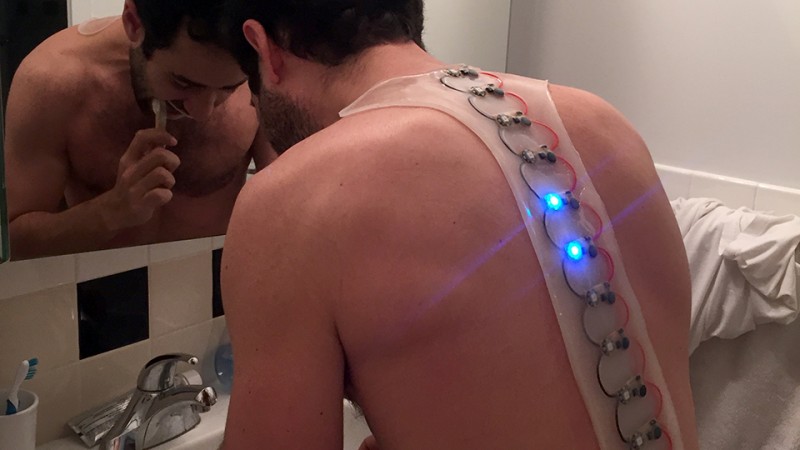
As Neil pointed out, an exo-sense is different to a wearable, in that it will be worn 24 hours a day, 7 days a week. Oryan walked us through what this looks like in practice, showing us his exo-sense thesis project from ITP.
At the end of the session we had a shared vision and an enabled team. Neil and Moon were vocally impressed with how much we had achieved in the short time, and I have to say I felt the same way.
However, this is just the beginning and the rest of the residency is yet to unfold. It will be interesting to see if this early success will ultimately translate into successful outcomes for the residents.
Keep on top of Thoughtworks Arts updates and articles:

